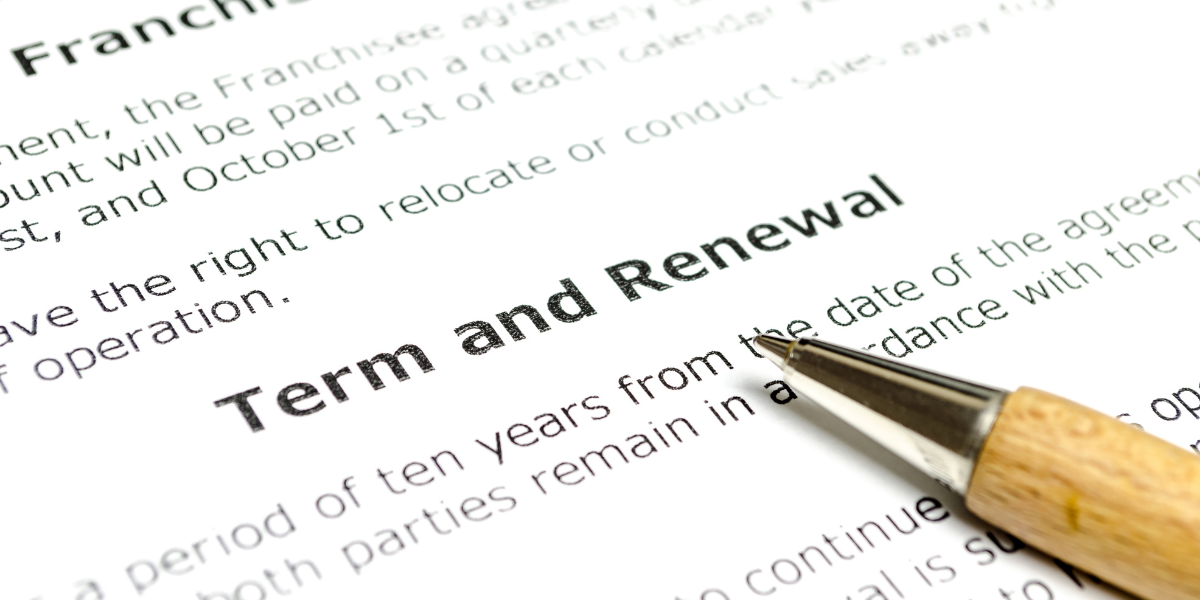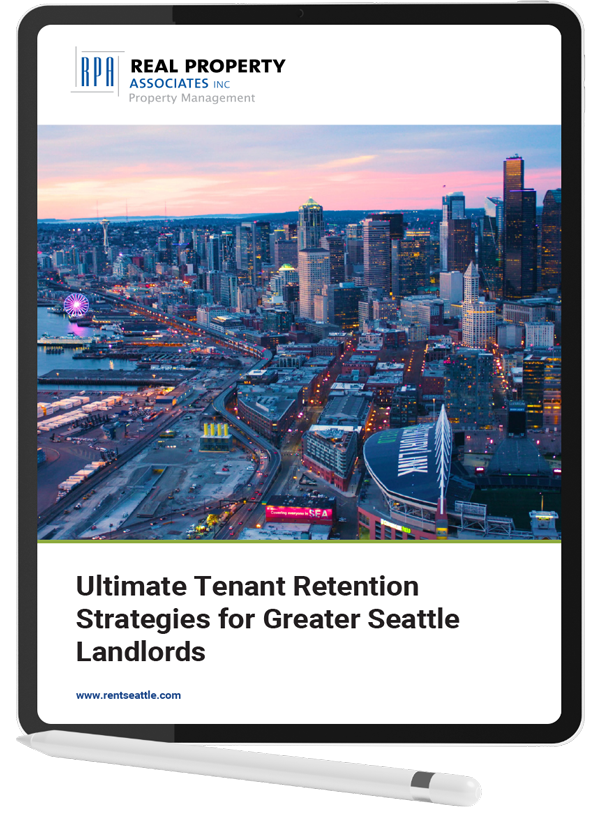Why Tenant Retention Should Be a Priority

Keeping good tenants in place isn’t just about avoiding vacancies—it’s about maximizing long-term profitability and stability. Every time a tenant moves out, landlords face costly turnover expenses. Between lost rent during vacancy periods, marketing expenses, and necessary repairs to get the unit ready for new renters, turnover can quickly eat into profits.
Beyond the financial cost, frequent turnover means additional time spent on screening new tenants and managing lease agreements.
Long-term tenants bring stability to a property and a community. They treat their rental like a home, leading to fewer maintenance issues and less overall wear and tear. A steady stream of rental income without gaps provides financial security for landlords, while a strong tenant community creates a more attractive environment for future renters. In Seattle’s competitive rental market, understanding the factors that influence retention is critical for landlords looking to maintain consistent occupancy rates.
Seattle’s rental market continues to evolve, with rising costs and increased competition among property owners. Renters today have high expectations for service, maintenance, and overall living experience. Landlords who prioritize tenant satisfaction and long-term retention strategies are more likely to maintain stable cash flow and avoid the costly cycle of frequent turnover.









